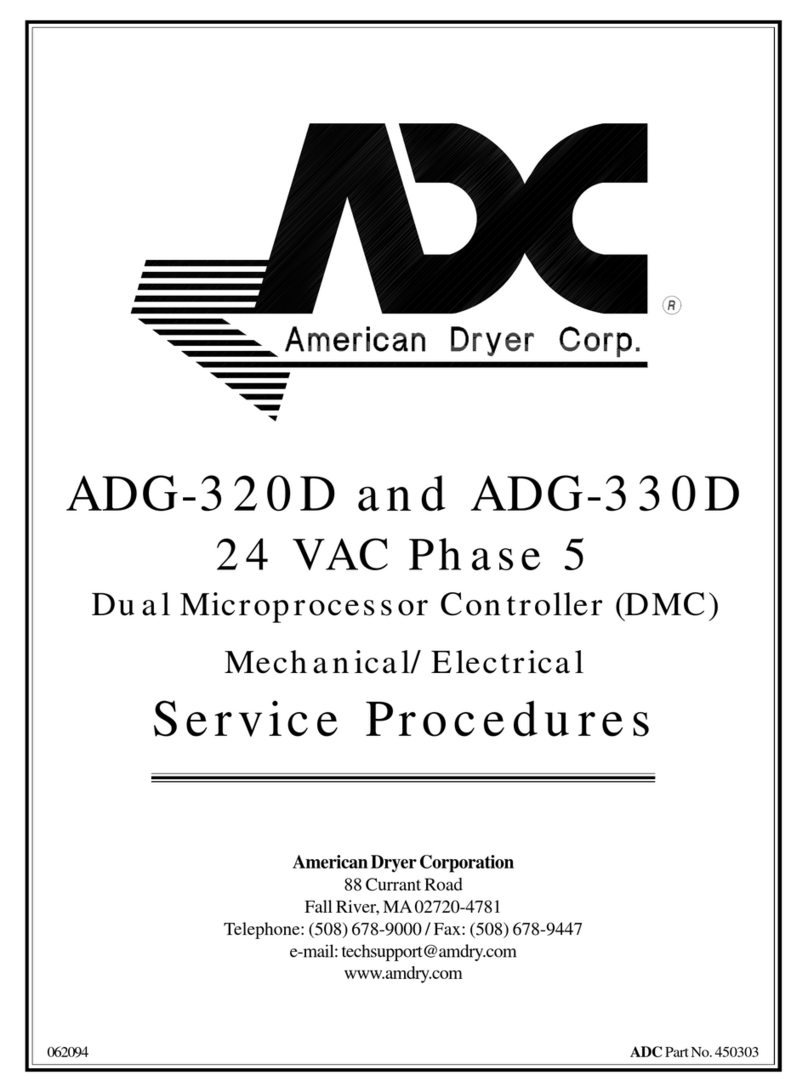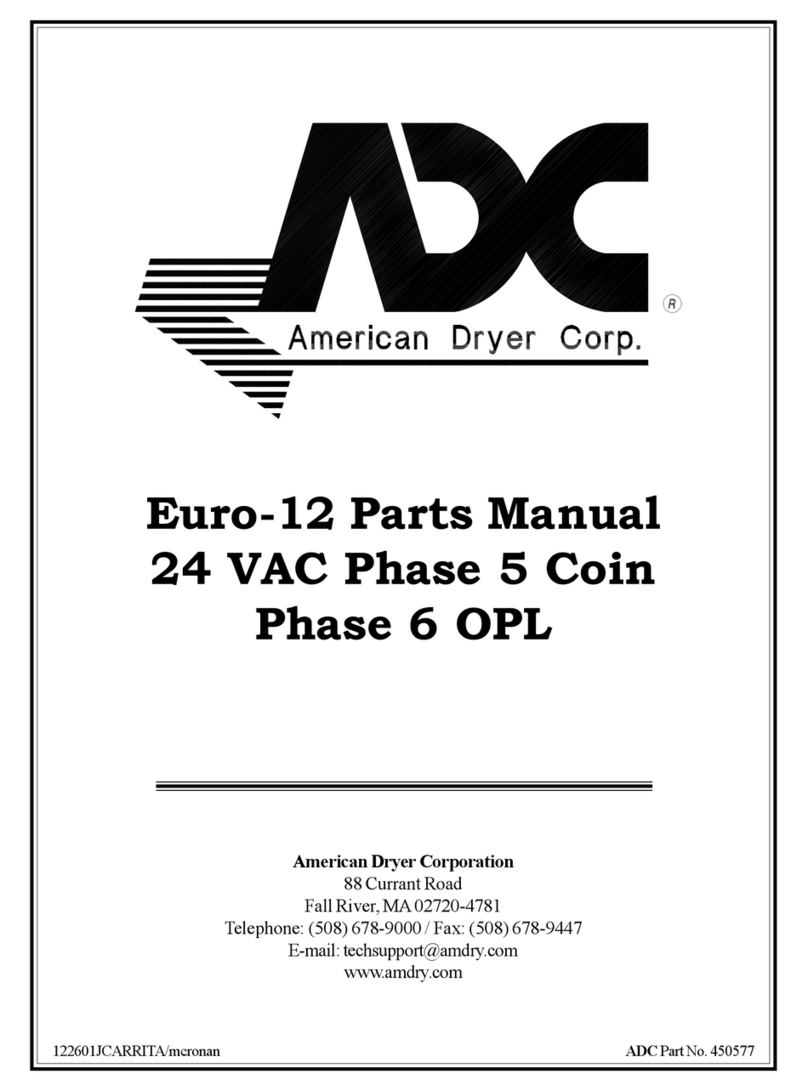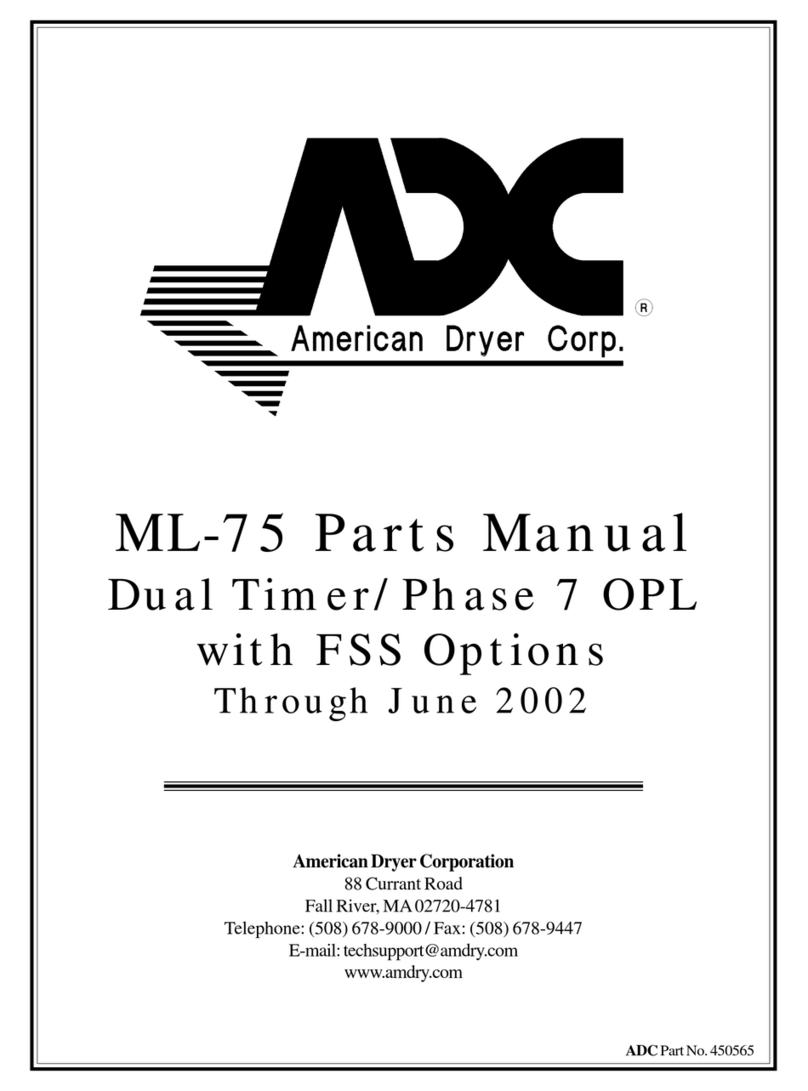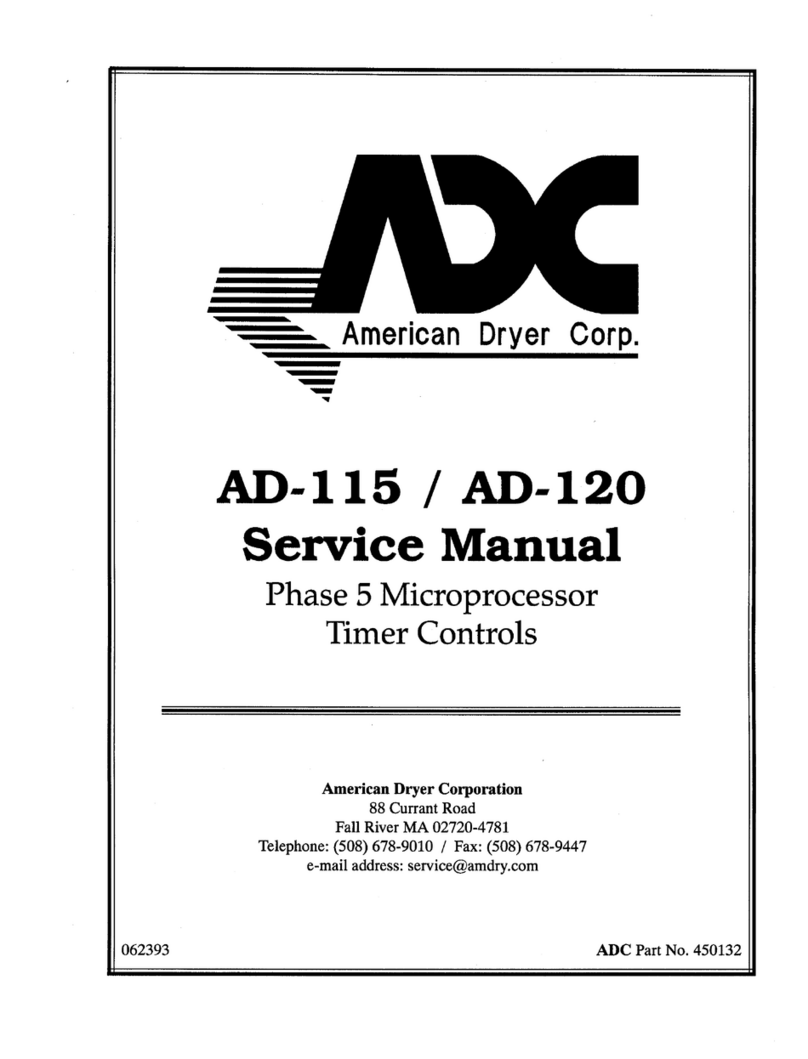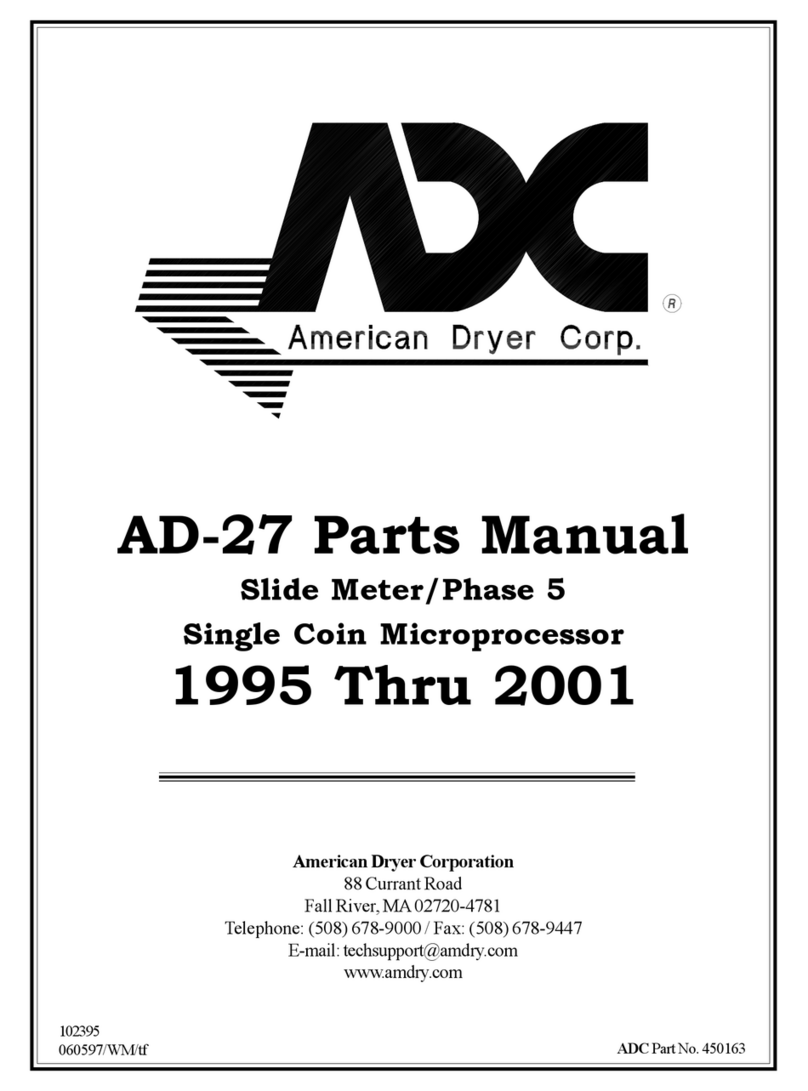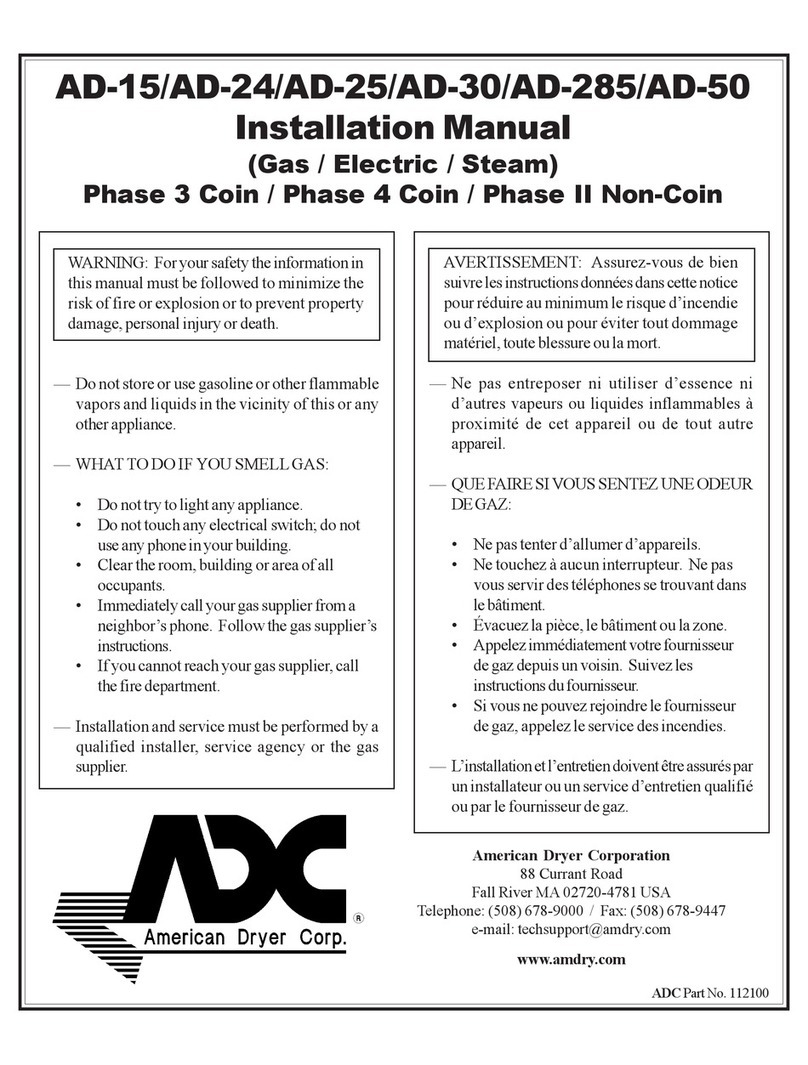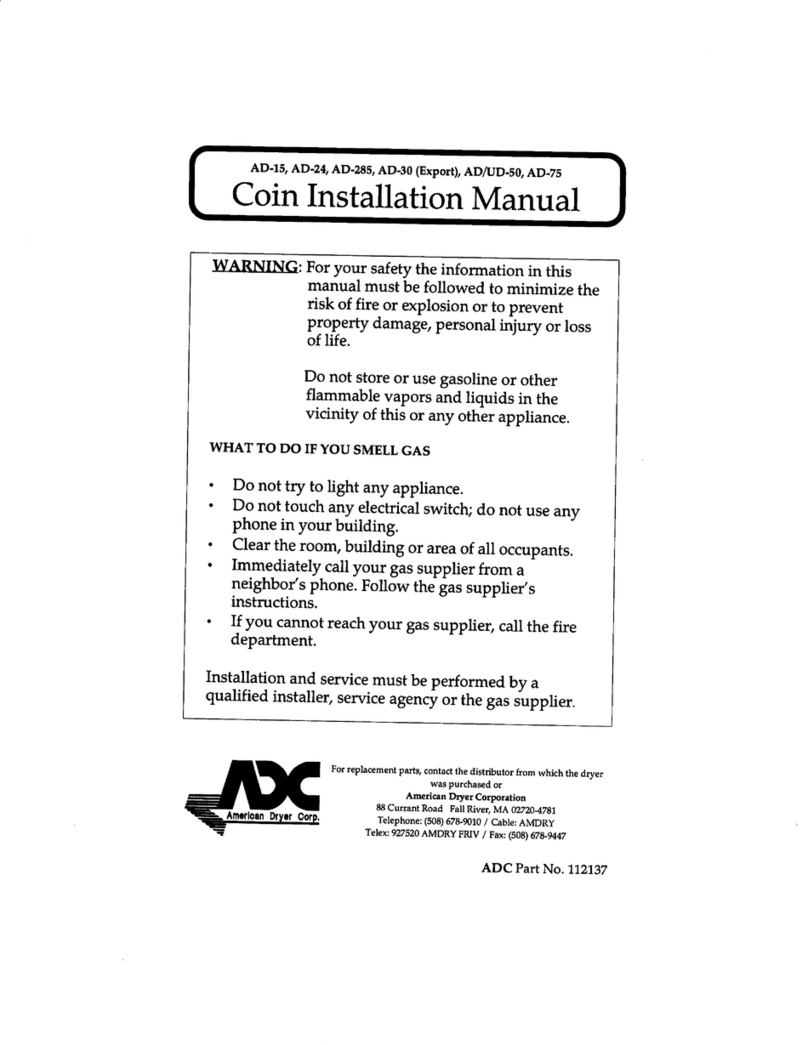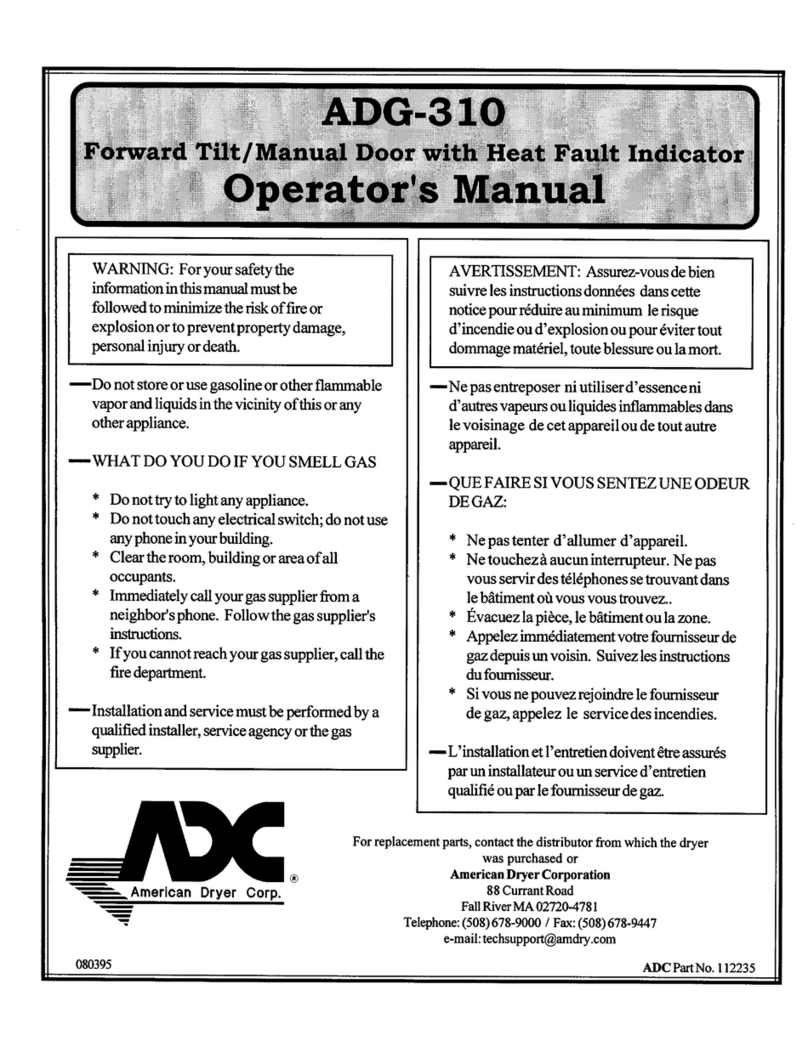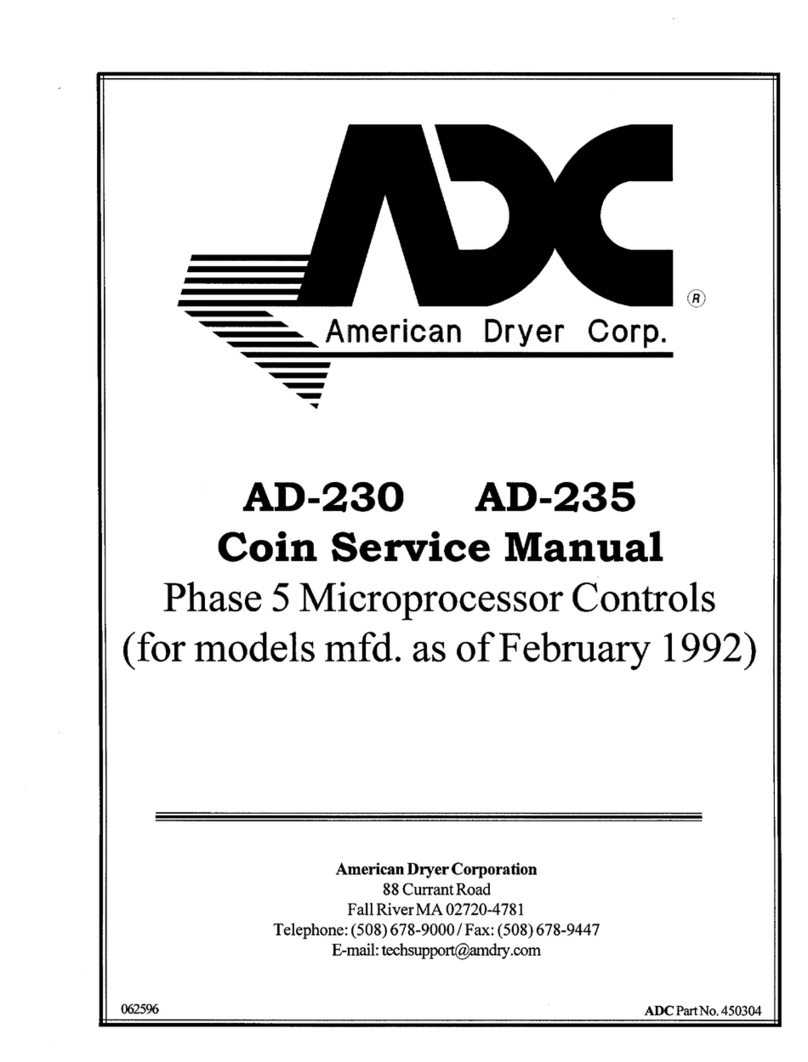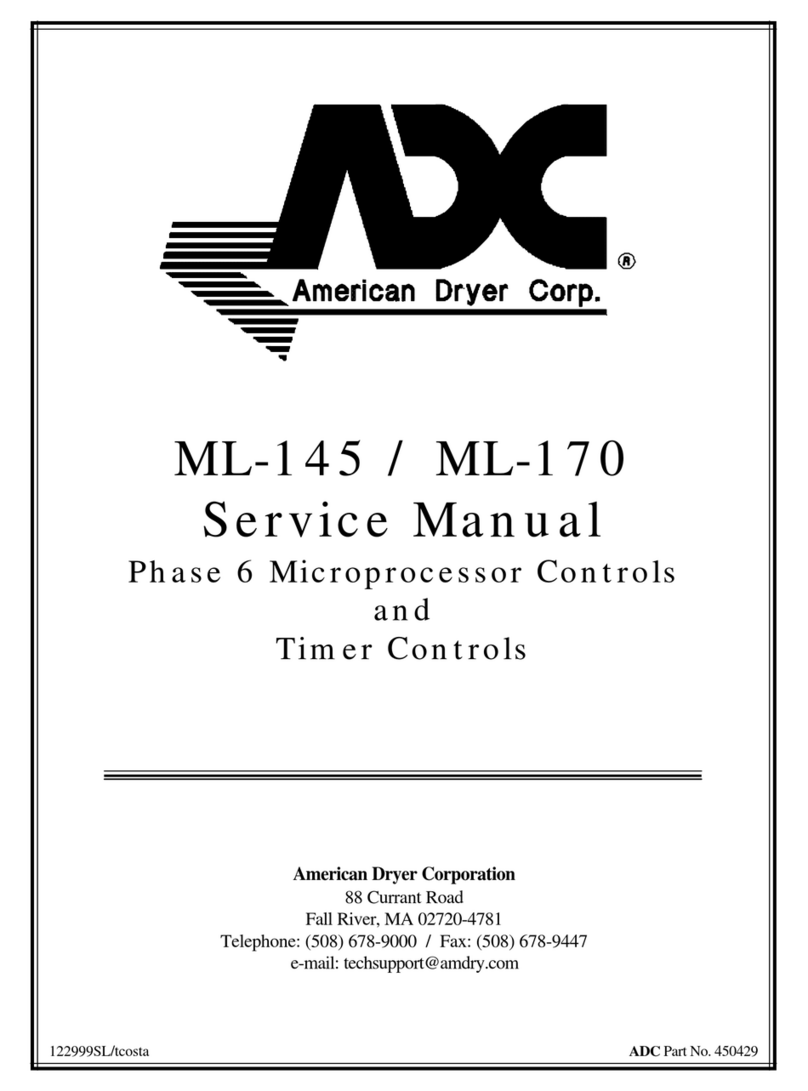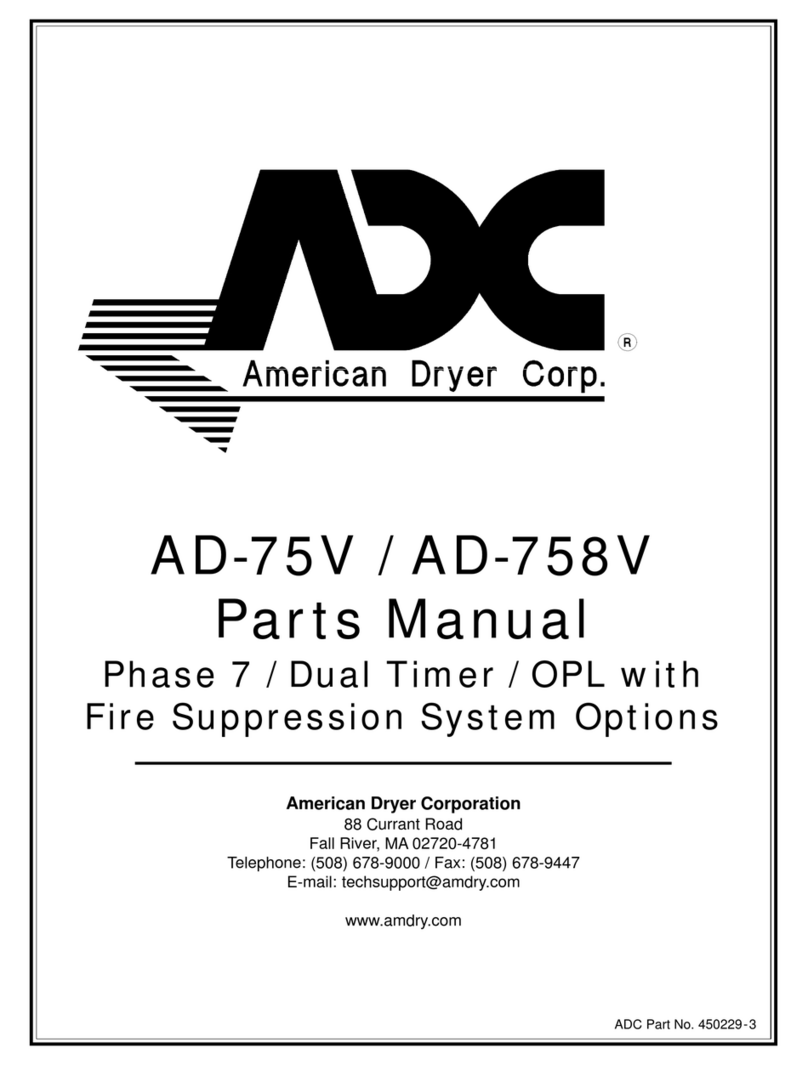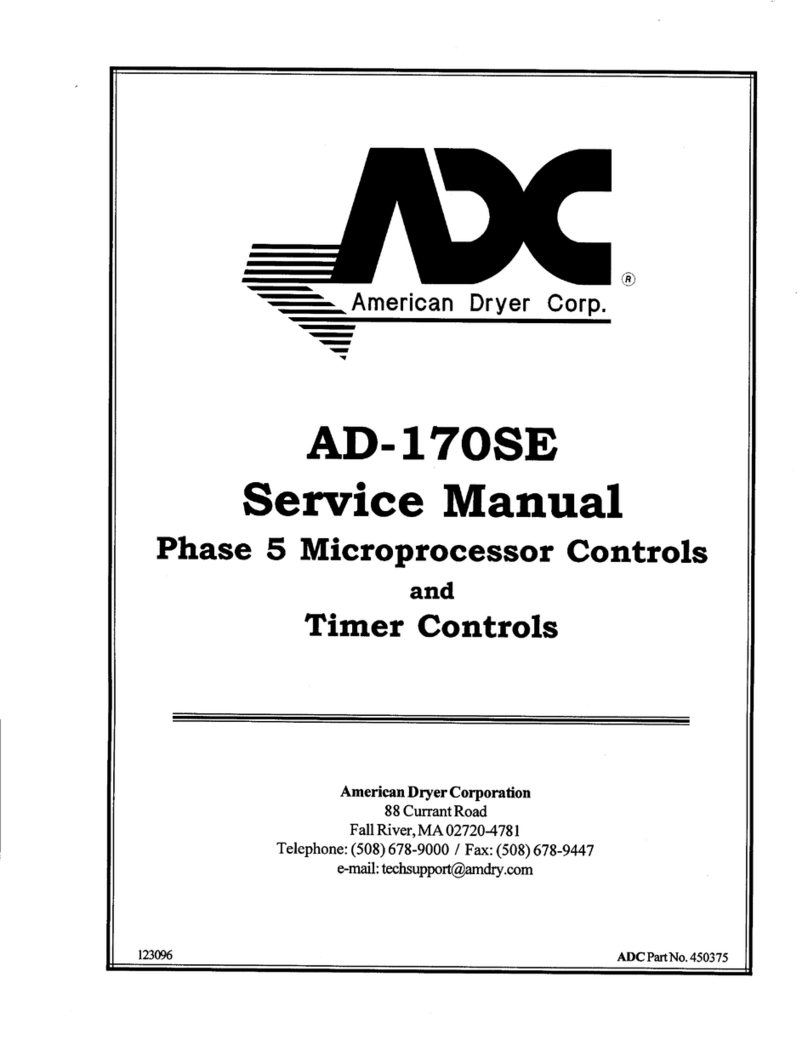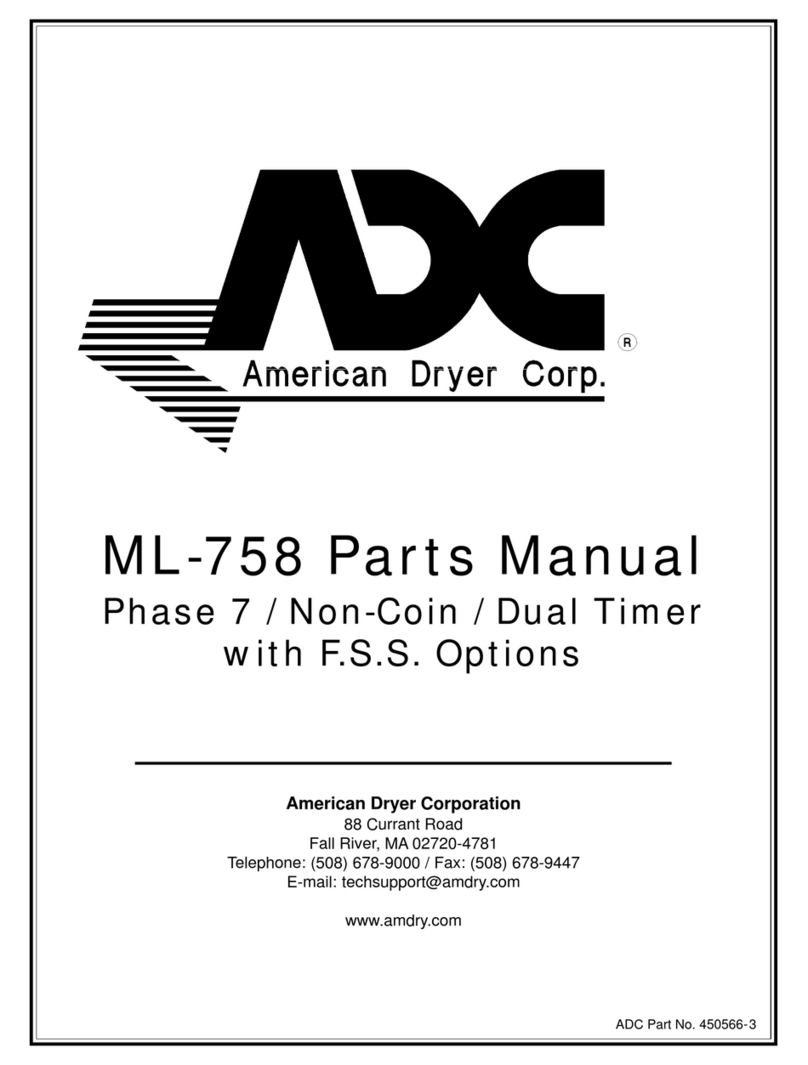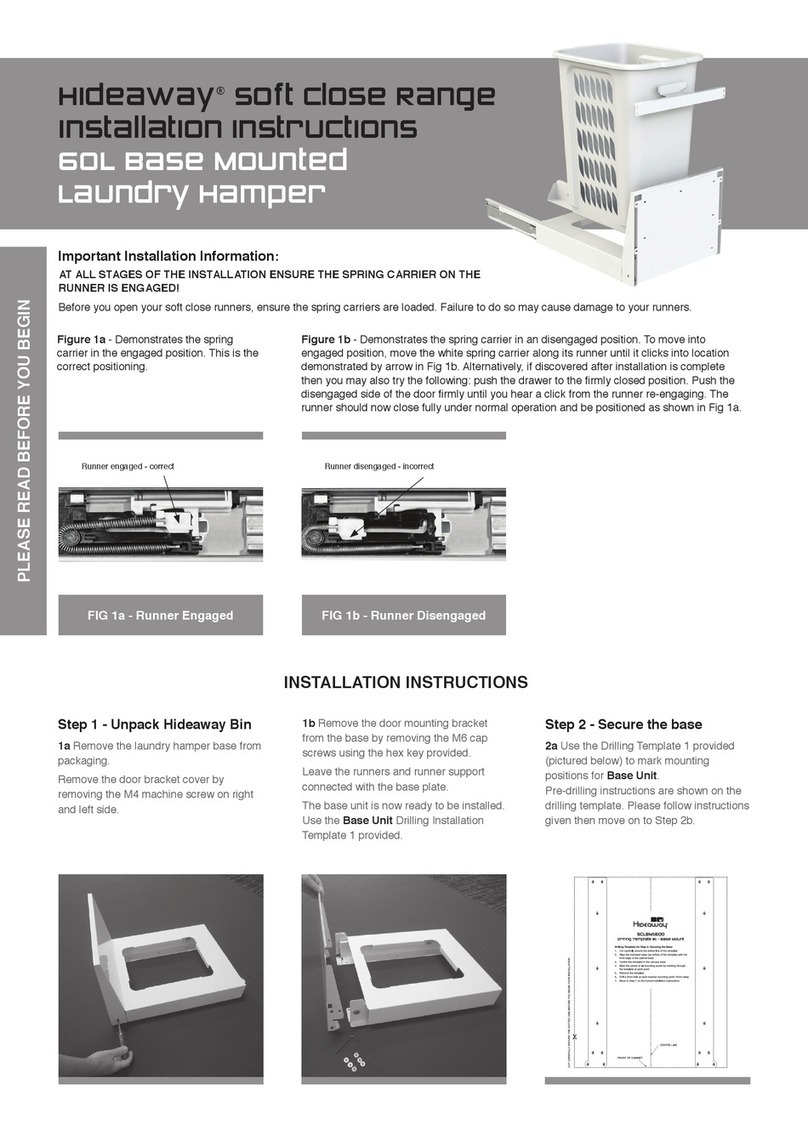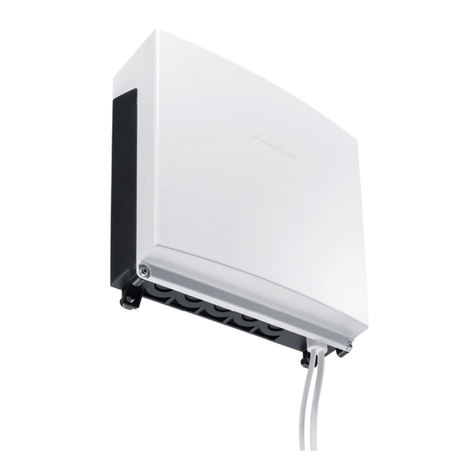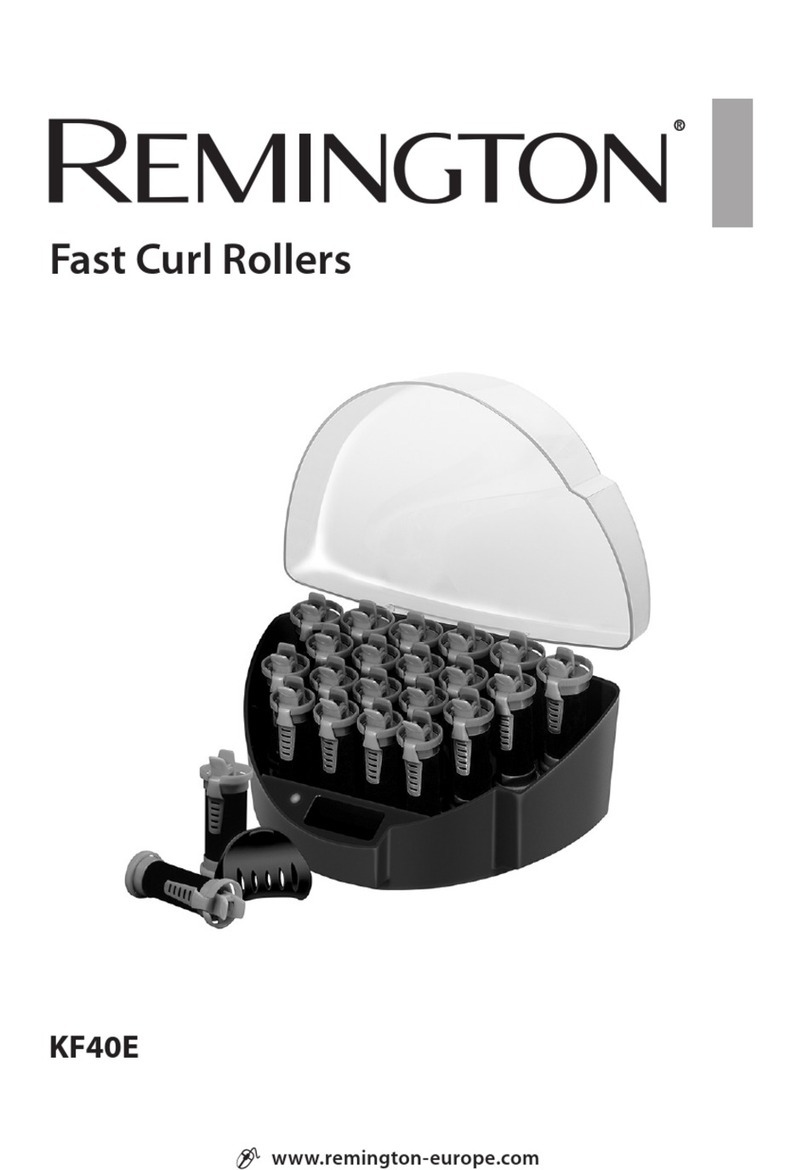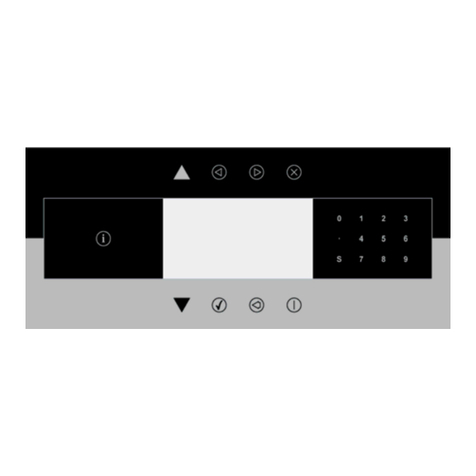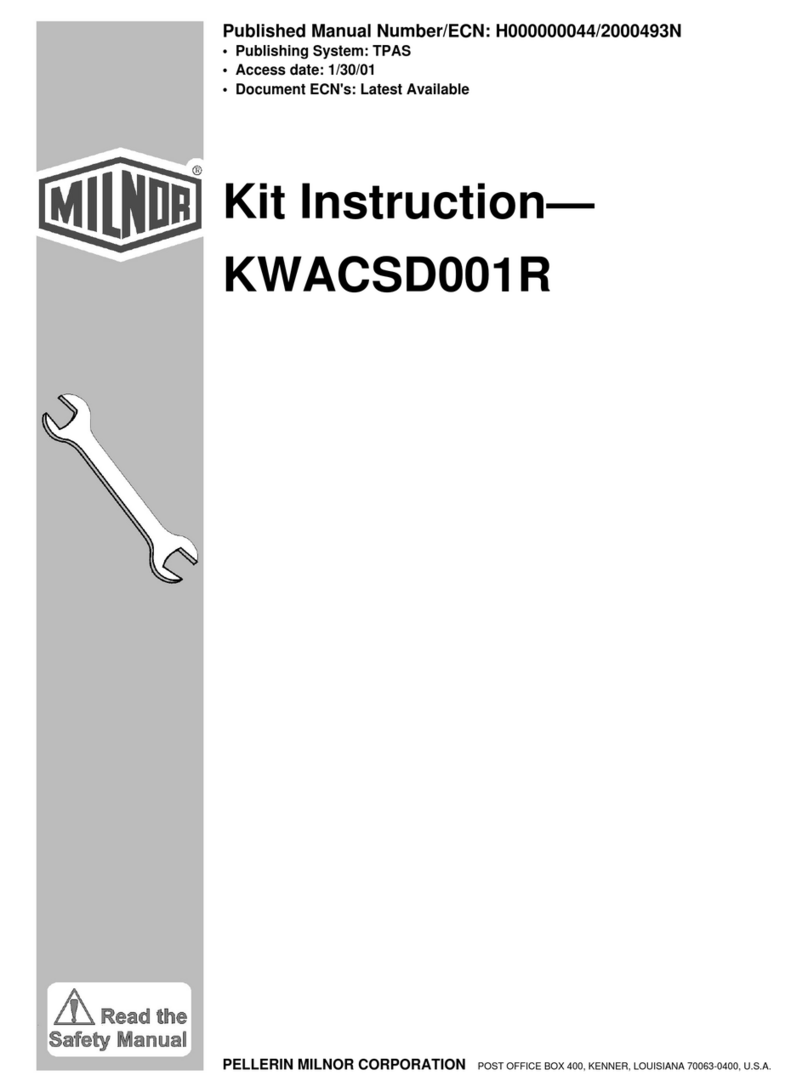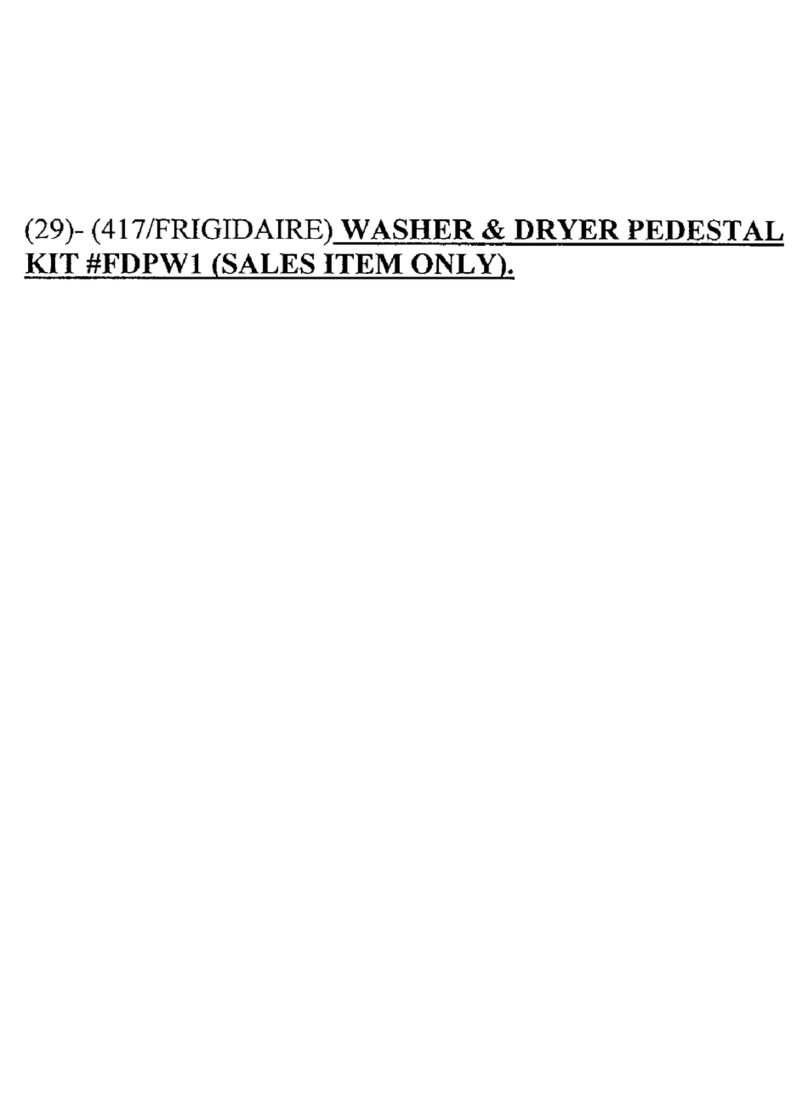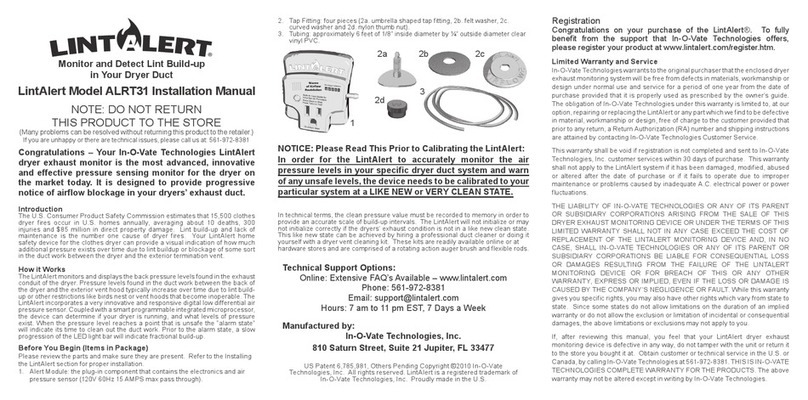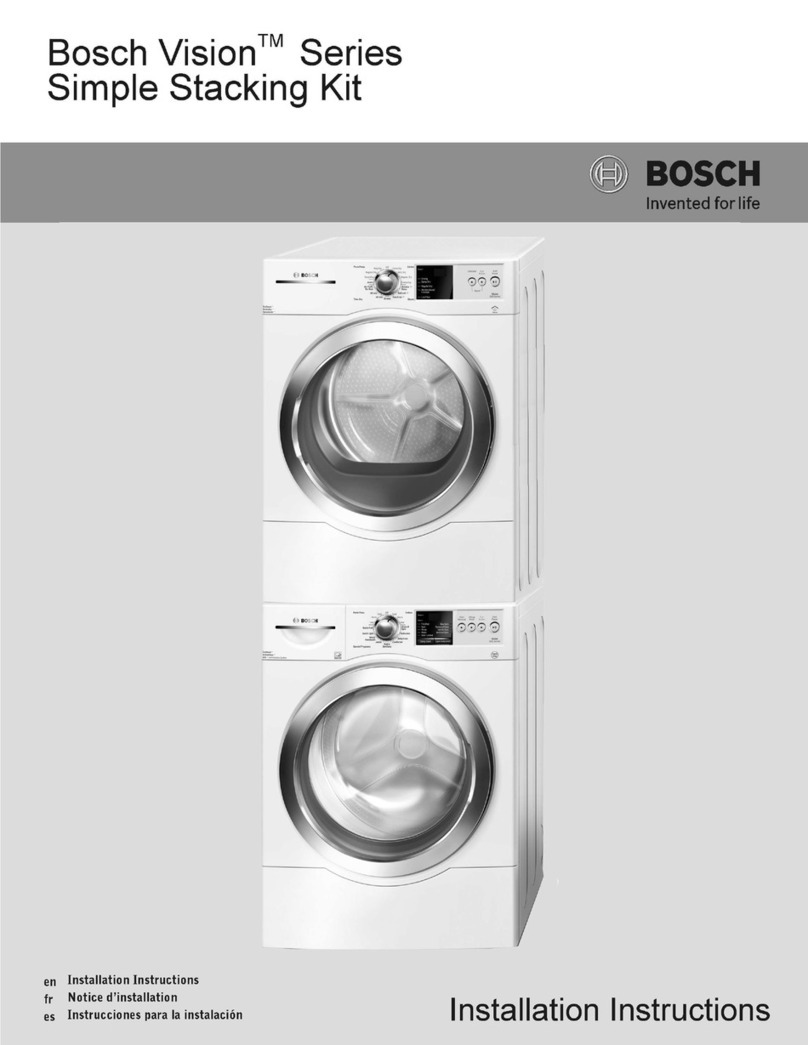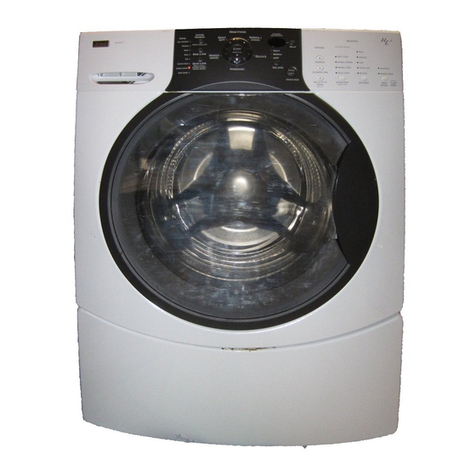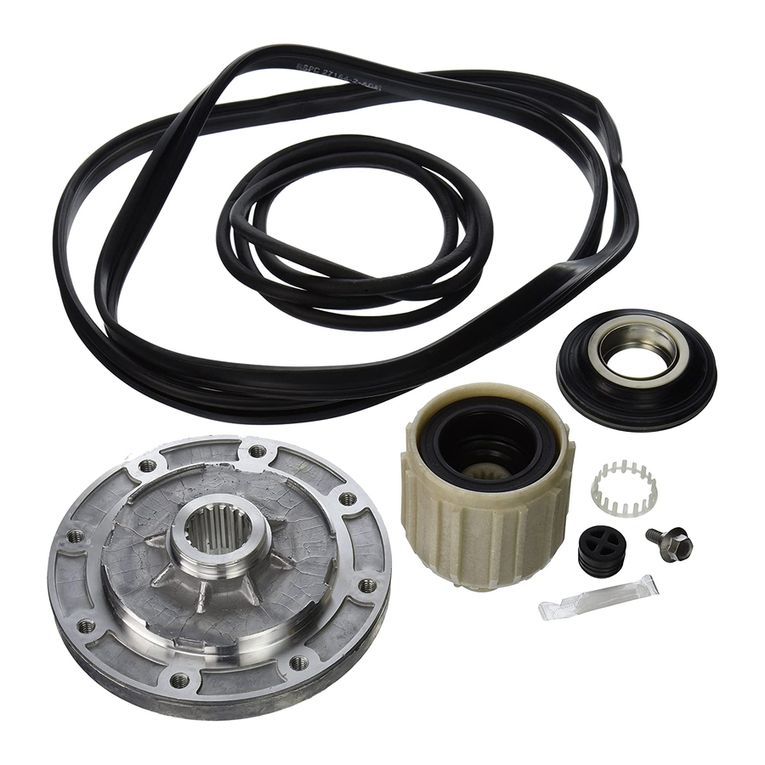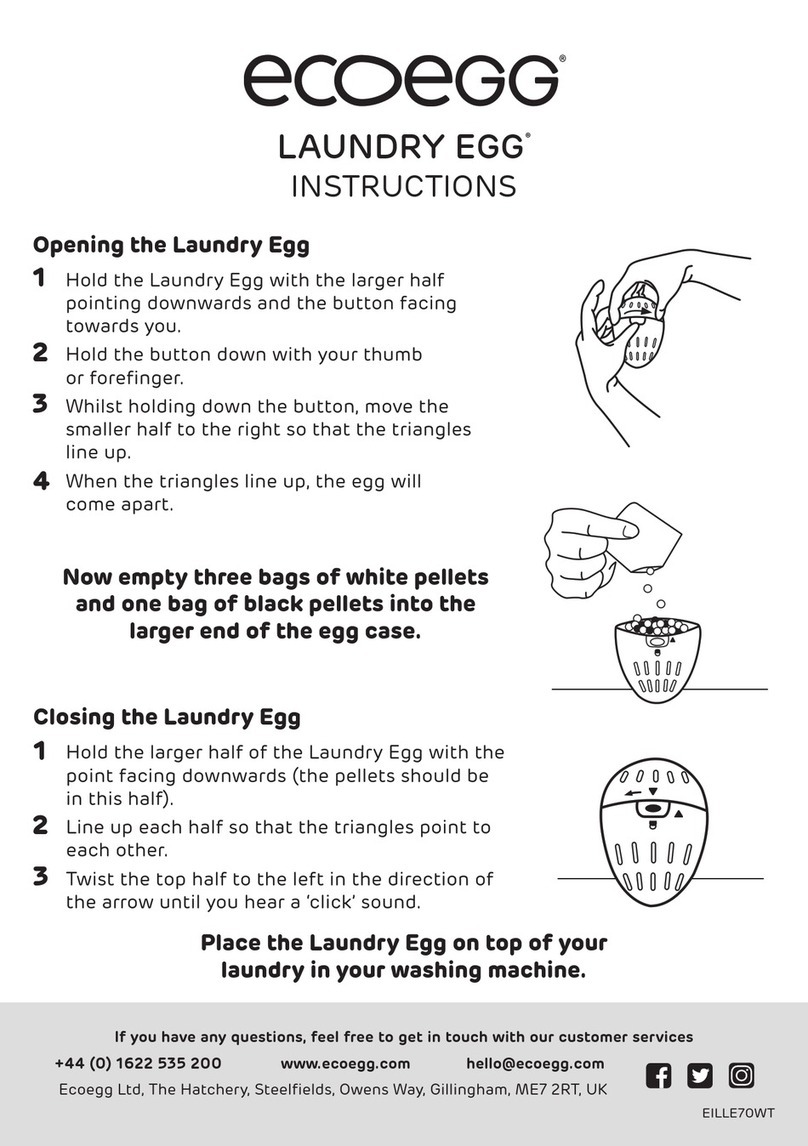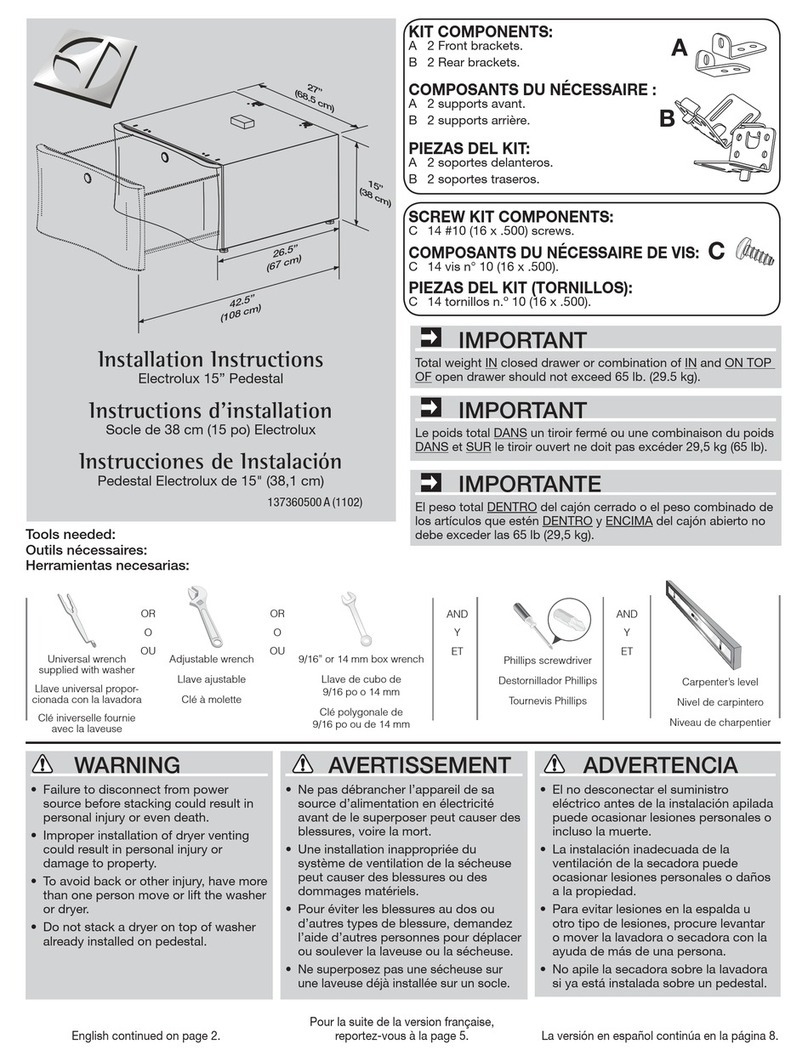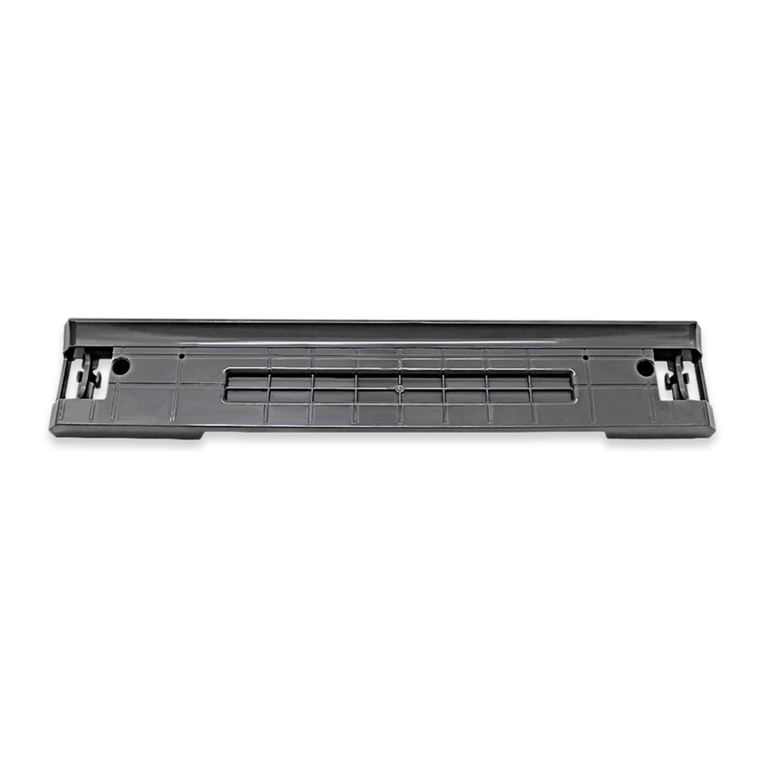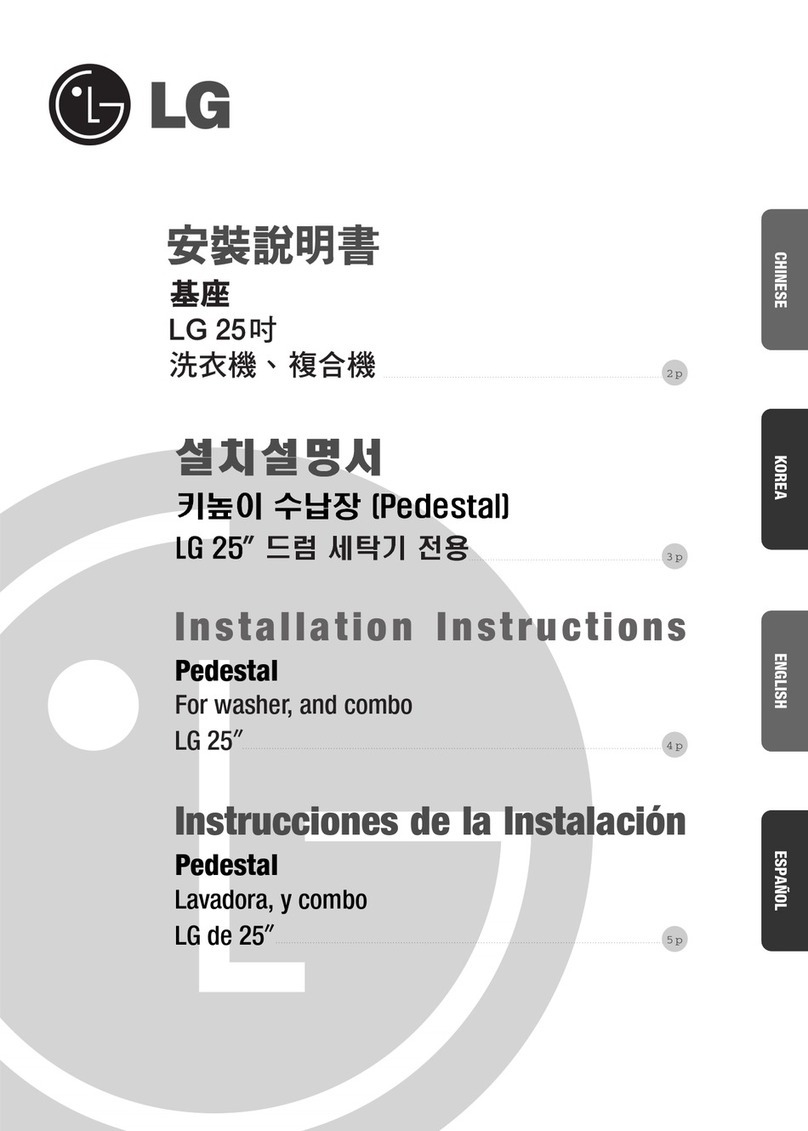
Table of Contents
SECTION I
SAFETY PRECAUTIONS ..............................................................................................................................2
SECTION II
SPECIFICATIONS ..........................................................................................................................................4
A. Specifications.......................................................................................................................................... 4
SECTION III
INSTALLATION PROCEDURES ................................................................................................................6
A. Location Requirements........................................................................................................................... 6
B. Unpacking/Setting Up............................................................................................................................. 7
C. Dryer Enclosure Requirements .............................................................................................................. 9
D. FreshAir Supply Requirements ............................................................................................................ 10
E. Exhaust Requirements.......................................................................................................................... 11
F. Electrical Information ........................................................................................................................... 17
G. Gas Information .................................................................................................................................... 20
H. Steam Information ................................................................................................................................ 24
I. Preparation for Operation/Start-Up...................................................................................................... 28
J. Preoperational Tests ............................................................................................................................. 29
K. Compressed Air Requirements............................................................................................................. 31
L. Shutdown Instructions .......................................................................................................................... 32
SECTION IV
SERVICE/PARTS INFORMATION ...........................................................................................................33
A. Service .................................................................................................................................................. 33
B. Parts...................................................................................................................................................... 33
SECTION V
WARRANTY INFORMATION ...................................................................................................................34
A. Returning Warranty Cards ................................................................................................................... 34
B. Warranty ............................................................................................................................................... 34
C. Returning Warranty Parts..................................................................................................................... 34
SECTION VI
ROUTINE MAINTENANCE ......................................................................................................................36
A. Cleaning ................................................................................................................................................ 36
B. Adjustments .......................................................................................................................................... 38
C. Lubrication ............................................................................................................................................ 38
SECTION VII
MANUAL RESET BURNER HI-LIMIT INSTRUCTIONS ..................................................................39
SECTION VIII
DATA LABEL INFORMATION .................................................................................................................40
SECTION IX
PROCEDURE FOR FUNCTIONAL CHECK OF REPLACEMENT COMPONENTS ...................41
SECTION X
FIRE SUPPRESSION SYSTEM ..................................................................................................................43
